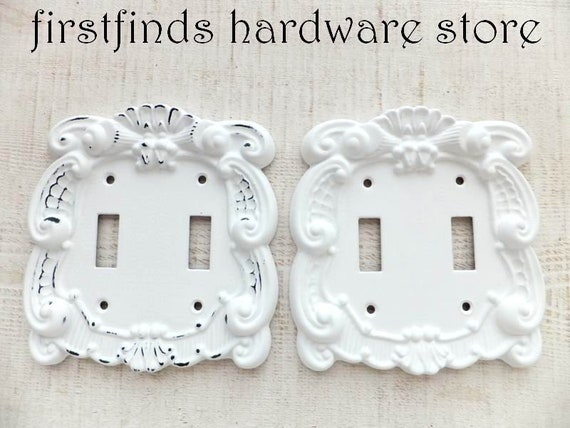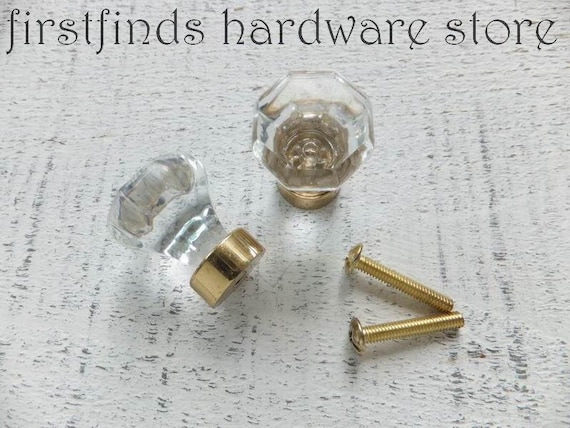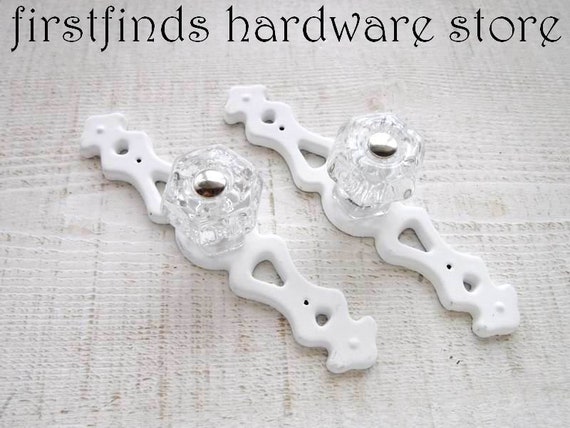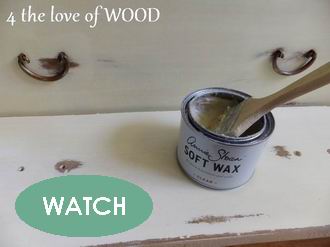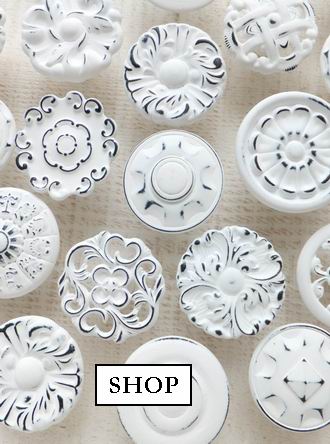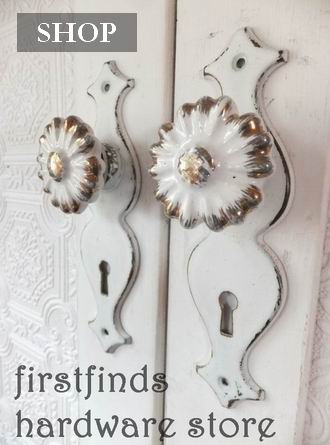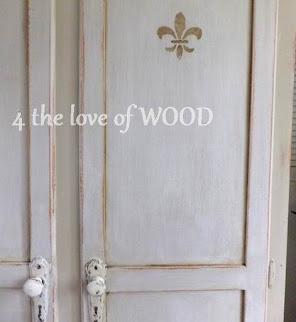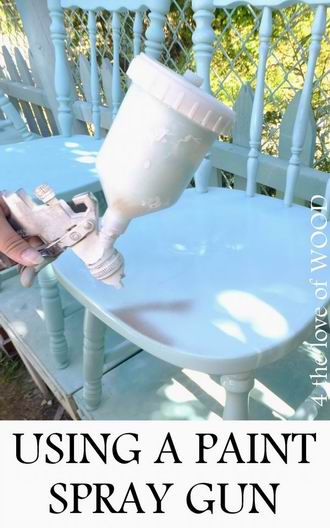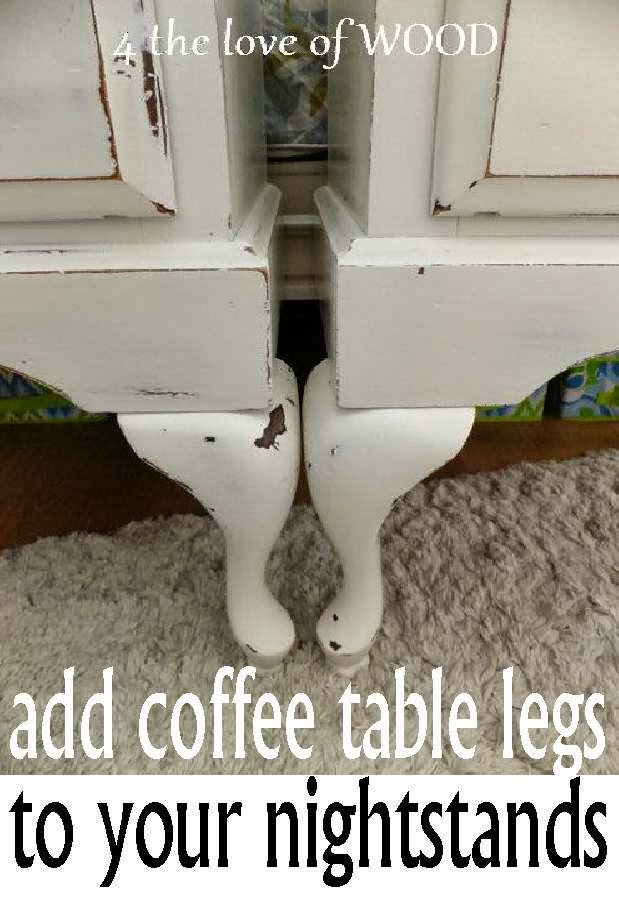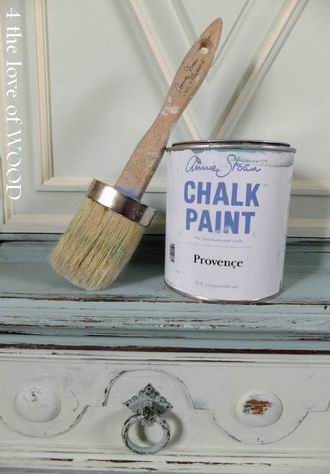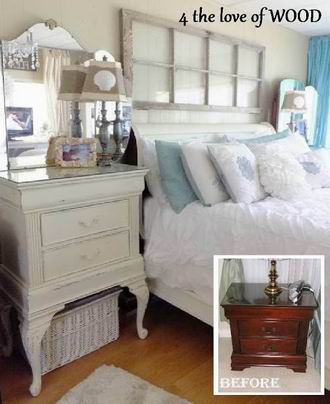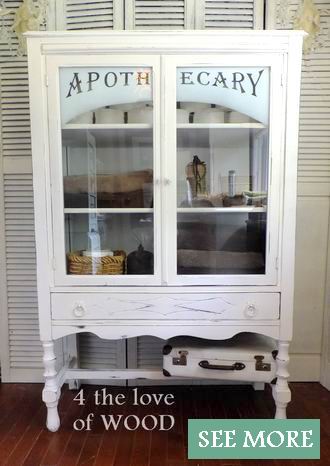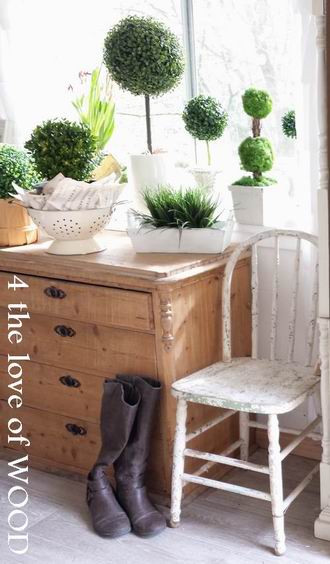This is really a simple DIY project however I've made these instructions as detailed as I can.
I used primers,
because they dry quickly and they sand easily.
CLEANING
First I cleaned my furniture with a de-greaser, soap and
water is fine. I used Windex multi surface grease cutter.
water is fine. I used Windex multi surface grease cutter.
SUPPLIES
Water based grey and white primer, some
furniture paste wax and a spray bottle of water.
Water based grey and white primer, some
furniture paste wax and a spray bottle of water.
START
Prime with one quick coat of grey primer. Brush in the
direction of the wood grain, do not worry about streaks.
Once dry, I hand sanded the edges and all surfaces smooth,
direction of the wood grain, do not worry about streaks.
Once dry, I hand sanded the edges and all surfaces smooth,
with a fine sand paper. (180 grit, 220 grit, 260 grit)
*******************************************
*******************************************
I thinned my white primer with water till it was the
consistency of milk. See below how runny it is ...
You could practicing your technique on the top surface.
The top is easiest to work on and can always
have a different look then the body.
The top is easiest to work on and can always
have a different look then the body.
The spray bottle of water was kept handy to thin the
white paint more while working with it.
white paint more while working with it.
I had a cloth handy to help move the white paint.
And I ALWAYS moved in the direction of the wood grain
and started slowly because I could build up more if needed.
And I ALWAYS moved in the direction of the wood grain
and started slowly because I could build up more if needed.
Pictures speak louder then words.
I continued adding white and spraying with water
until I got the layered look I wanted. I used a brush
and rag to drag the white into a weathered white wash finish.
until I got the layered look I wanted. I used a brush
and rag to drag the white into a weathered white wash finish.
****************************************
After the entire cabinet had the depth of white I wanted,
I sanded all the edges again. Because I sanded
before adding the white this step was quick and easy.
Now I waxed my project and could have called it complete.
But I went a little farther on this project.
But I went a little farther on this project.
I wanted a bit more of a punch to the top surface so I added a
dark walnut gel stain to the top right over the white. No
photos of these next steps were taken as it was too messy to
have my camera around. So please do your best to read the
following instructions carefully.
Remember the bowl of white watery primer from earlier?
While the stain was still tacky on the surface I saturated it
with more white primer. And I mean I poured the remainder
of the bowl on the top and spread it from side to side.
See in the photo below the streaks of dark brown left behind.
While the stain was still tacky on the surface I saturated it
with more white primer. And I mean I poured the remainder
of the bowl on the top and spread it from side to side.
See in the photo below the streaks of dark brown left behind.
Water base primer won't normally adhere well to an oil based
stain once dried that is why I did it while it was tacky.
Next using a sponge I lightly dragged it across the top in the
direction of the grain to remove the excess white primer
but leaving this beautiful finish behind.
stain once dried that is why I did it while it was tacky.
Next using a sponge I lightly dragged it across the top in the
direction of the grain to remove the excess white primer
but leaving this beautiful finish behind.
The top turned out mouth watering! Below you can
see the difference between the side and the top.
The final step was to wax and buff the whole piece,
which made the layers really standout
and the whole piece shine.
and the whole piece shine.
Things to note:
- stain embeds into primer quickly so your
working time is only seconds
working time is only seconds
- if you are working with solid wood pieces
you can fix/sand anything you don't like
Full photos of this finished piece can be seen here:
*A BARN GEM*
you can fix/sand anything you don't like
Full photos of this finished piece can be seen here:
*A BARN GEM*
Here is a short list of other paint tutorials I have written:
a beautiful blue aged paint tutorial:
https://bit.ly/2PFxB2W
how to create a vintage look on new lumber:
https://bit.ly/2IdSA8Y
painted MDF to look like vintage wood https://bit.ly/2VKcSP8
https://bit.ly/2PFxB2W
how to create a vintage look on new lumber:
https://bit.ly/2IdSA8Y
painted MDF to look like vintage wood https://bit.ly/2VKcSP8
*******************************************
see if we have any vintage pieces to fit your next project
CLICK EACH PHOTO FOR MORE INFORMATION
*******************************************







